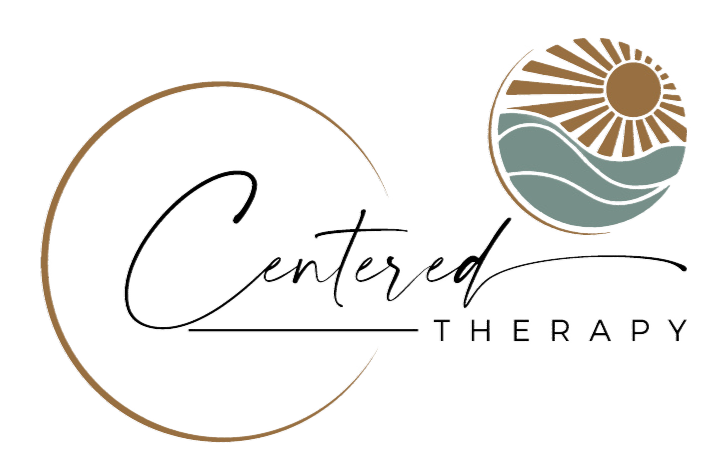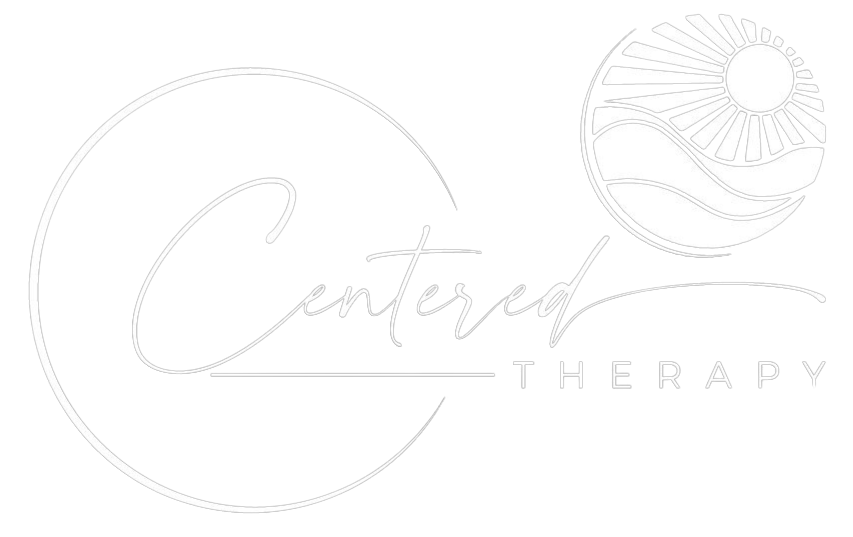What is a mood disorder?
Mood Disorders represent a category of mental health conditions characterized by persistent disruptions in a person’s emotional state. Unlike normal mood swings (ebb and flow of emotions), which are temporary and often react to external stimuli, Mood Disorders extend beyond regular fluctuations, involve prolonged and intense emotional disturbances that impact daily life.
Mood Disorder by definition, is also a mental health class that is used by mental health professionals to broadly describe all types of Depression and Bipolar Disorders.
Some Mood Disorder statistics to consider:
An estimated 21.4% of U.S. adults experience any Mood Disorder at some time in their lives.
While Mood Disorders can develop at any age, the average age for development is the mid-20s.
Women are nearly twice as likely to suffer from a Mood Disorder than men. However, men and women are equally likely to develop Bipolar Disorder. Bipolar Disorders affect approximately 2.6% of Americans aged 18 and older in a given year, with the first manic episode appearing in the early 20s.
The causes of Mood Disorders are complex and multifaceted, often involving a combination of biological, genetic, environmental, and psychological factors.
Here are some contributing factors:
Biological Factors:
- Neurotransmitters: Imbalances in neurotransmitters, such as serotonin and dopamine, may influence mood regulation.
- Brain Structure: Structural abnormalities in certain areas of the brain have been associated with Mood Disorders.
Genetic Factors:
- Family history of Mood Disorders increases the risk of developing similar conditions.
Environmental Factors:
- Trauma or Stress: Childhood trauma, significant life events, or chronic stress can contribute.
- Abuse or Neglect: Early-life experiences of abuse or neglect may impact emotional well-being.
- Lifestyle Factors: Substance abuse, poor diet, lack of exercise, and inadequate sleep can exacerbate mood disturbances.
Psychological Factors:
- Cognitive Patterns: Negative thought patterns and distorted cognitive processes can contribute to Mood Disorders.
- Personality Traits: Certain personality traits, like high neuroticism, may increase susceptibility.
Hormonal Changes:
- Hormonal fluctuations, such as those during puberty, pregnancy, or menopause, can influence mood.
Medical Conditions:
- Certain medical conditions, like chronic pain, thyroid disorders, or neurological conditions, may impact mood.
Medications and Substance Use:
- Side effects of certain medications or substance abuse can contribute to mood disturbances.
Genetic and Epigenetic Factors:
- Genetic predisposition interacts with environmental influences and experiences, contributing to the development of Mood Disorders.
Types of Mood Disorders
Some examples of Mood Disorders include:
- Major Depressive Disorder: Also known as Depression, and characterized by prolonged periods of extreme sadness.
- Bipolar Disorder: Also known as manic depression, it involves alternating cycles of depression and mania.
- Seasonal Affective Disorder (SAD): Linked to reduced daylight, particularly in northern and southern latitudes during late fall to early spring.
- Premenstrual Dysphoric Disorder: Results in mood changes and irritability during the premenstrual phase.
- Persistent Depressive Disorder (Dysthymia): A chronic form of depression, also often referred as “high-functioning depression”
- Disruptive mood dysregulation disorder: In children, it manifests as chronic, severe irritability and frequent temper outbursts.
- Depression related to medical illness: Involves a persistent depressed mood directly linked to the physical effects of another medical condition.
- Depression induced by substance use or medication: Depression symptoms arising during or after substance use, withdrawal, or exposure to certain medications.
Mood Disorder Symptoms
Mood disorder symptoms can vary depending on the specific condition but generally encompass changes in emotional well-being. Mood disorders in children and adolescents often manifest differently than in adults, posing challenges in recognition.
Symptoms may include persistent sadness, changes in behavior, altered academic performance, and physical complaints without clear medical causes. Unlike adults, children may express mood disturbances through irritability or oppositional behavior. Identifying these signs are complex, as emotional expression evolves with development. It’s crucial to note that these manifestations can vary widely among individuals.
For all age groups people with different types of Mood Disorders can exhibit the following:
- Major Depressive Disorder (MDD) symptoms:
- Prolonged periods of intense sadness
- Loss of interest or pleasure in activities
- Changes in appetite or weight
- Sleep disturbances
- Fatigue or loss of energy
- Feelings of worthlessness or guilt
- Difficulty concentrating or making decisions
- Recurrent thoughts of death or suicide
If you or anyone you know experience these symptoms, find Depression Screening & Evaluation clinic or a provider near you. Depression treatment options include therapy and counseling and antidepressants.
- Bipolar Disorder symptoms:
- Alternating episodes of depression and mania
- Depressive symptoms similar to MDD during depressive episodes
- Manic episodes characterized by elevated mood, increased energy, impulsivity, and decreased need for sleep
If you or anyone you know experience these symptoms, find Bipolar Disorder testing and Evaluation near you. Bipolar Disorder treatment is a regimen of medication, psychotherapy, and lifestyle changes. The purpose of treatment is to enhance general functioning, manage symptoms, stabilize mood, and prevent relapses.
- Seasonal Affective Disorder (SAD symptoms):
- Depression linked to specific seasons, typically fall or winter
- Changes in appetite and sleep patterns
- Lack of energy and motivation
Seasonal Affective Disorder is diagnosed by a mental health care provider and treatment options include therapy, light therapy, lifestyle changes and antidepressant medication management
- Premenstrual Dysphoric Disorder (PMDD symptoms):
- Mood changes and irritability before menstruation
- Physical symptoms like bloating and fatigue
With help from a professional, PMDD is treatable through medication, therapy, and lifestyle changes.
- Persistent Depressive Disorder (Dysthymia symptoms):
- Long-term, chronic depressive symptoms lasting for at least two years.
Dysthymia treatment options are similar to treatment of Major Depressive Disorder and include therapy and counseling and antidepressants.
- Disruptive Mood Dysregulation Disorder (DMDD symptoms):
- Severe and persistent irritability in children
- Frequent temper outbursts inconsistent with developmental age
- Depression Related to Medical Illness symptoms:
- Depressed mood directly linked to physical health conditions
- Depression Induced by Substance Use or Medication symptoms:
- Depression symptoms arising during or after substance use, withdrawal, or exposure to certain medications.
Chemical dependency assessments provide a holistic understanding of an individual’s substance abuse patterns, addiction severity, and the impact on various aspects of their life. Substance abuse treatment involves various interventions and therapies designed to help individuals overcome addiction and regain control over their lives

